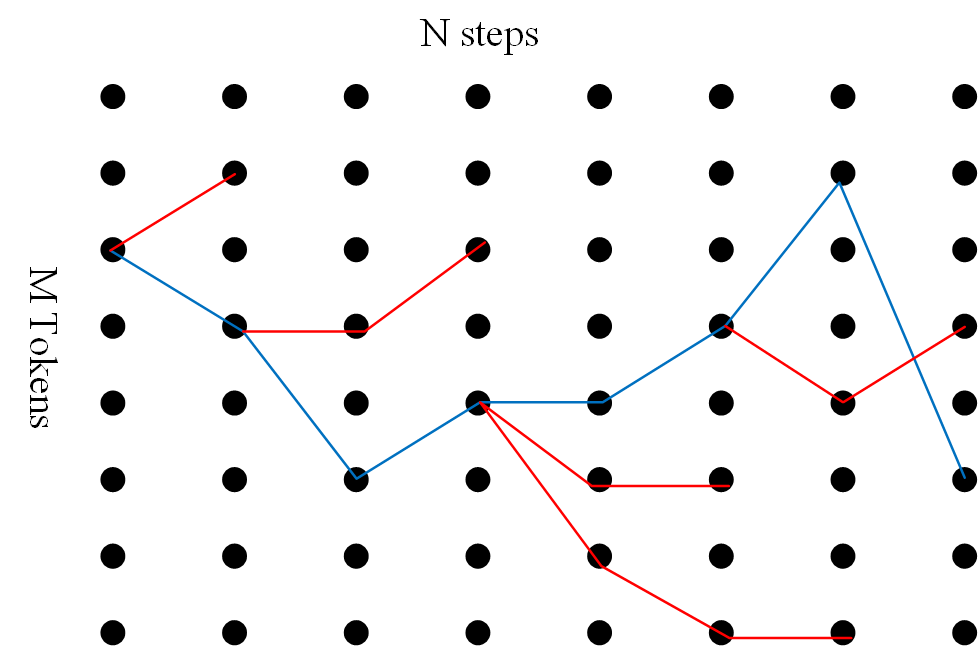- The paper provides a simple theoretical explanation for the phase transition in LLMs using a sequence-to-sequence random model with list decoding, pinpointing a critical threshold at Mε=1.
- It introduces the concept of ε-compatible LLMs, ensuring that the oracle sequence remains in the candidate set to maintain bounded error propagation.
- The analysis links model scaling with error dynamics, offering actionable insights for designing more robust Transformer-based architectures.
A Simple Explanation for the Phase Transition in LLMs with List Decoding
Introduction
The paper "A Simple Explanation for the Phase Transition in LLMs with List Decoding" addresses the critical threshold phenomenon that occurs in LLMs. These models demonstrate emergent abilities not observed in smaller models, significantly enhancing performance post-threshold. This essay explicates the phase transition by modeling LLMs as sequence-to-sequence random functions with a list decoder, explaining the conditions under which candidate sequence errors remain bounded or grow exponentially.
Model and Assumptions
The investigation models an LLM using a sequence-to-sequence random function on a token space with M possible tokens. The paper introduces a list decoding methodology, where a list of candidate sequences is maintained throughout the sequence generation process. This approach contrasts with traditional autoregressive models that select tokens instantaneously. The list decoder defers the output sequence generation until the end, allowing a more robust evaluation and selection process.
Theoretical Analysis
List Decoding with Candidate Sets
The list decoding process involves classifying tokens at each step as either eligible or not, as dictated by a binary classifier. This method allows for maintaining a candidate set, enhancing robustness against cascading errors from incorrect token selections. The paper describes an oracle model that always generates the correct sequence, serving as a performance benchmark for ϵ-compatible LLMs.

Figure 1: Illustration of candidate set evolution with the oracle sequence in blue and erroneous sequences in red.
ϵ-Compatible LLMs
An LLM is ϵ-compatible if it (1) includes the oracle-generated sequence in every candidate set, ensuring 100% recall, and (2) maintains a bounded false alarm probability per step. These conditions ensure that erroneous sequences remain limited if Mϵ<1.
Phase Transition and Critical Threshold
The paper establishes a critical threshold condition at Mϵ=1. If the false alarm product Mϵ is less than 1, the expected erroneous sequences remain bounded, presaging a high probability of the model reproducing the oracle's output. Conversely, if Mϵ>1, errors proliferate exponentially across steps. This analogous behavior to the basic reproduction number in epidemiology denotes the phase transition point, distinguishing between regime behaviors in LLMs.
Conclusions
The phase transition in LLMs is a pivotal concept for understanding performance scaling. By harnessing list decoding and modeling ϵ-compatibility, the paper outlines how model scaling influences error boundaries, informing more efficient LLM deployments. The critical threshold Mϵ=1 provides a key metric for designing and scaling LLMs to optimize deployment in NLP tasks.
This analysis emphasizes that extending list decoding into probabilistic evaluation could refine sequences generated by LLMs, paving pathways for enhanced Transformer-based architectures in future research endeavors.


